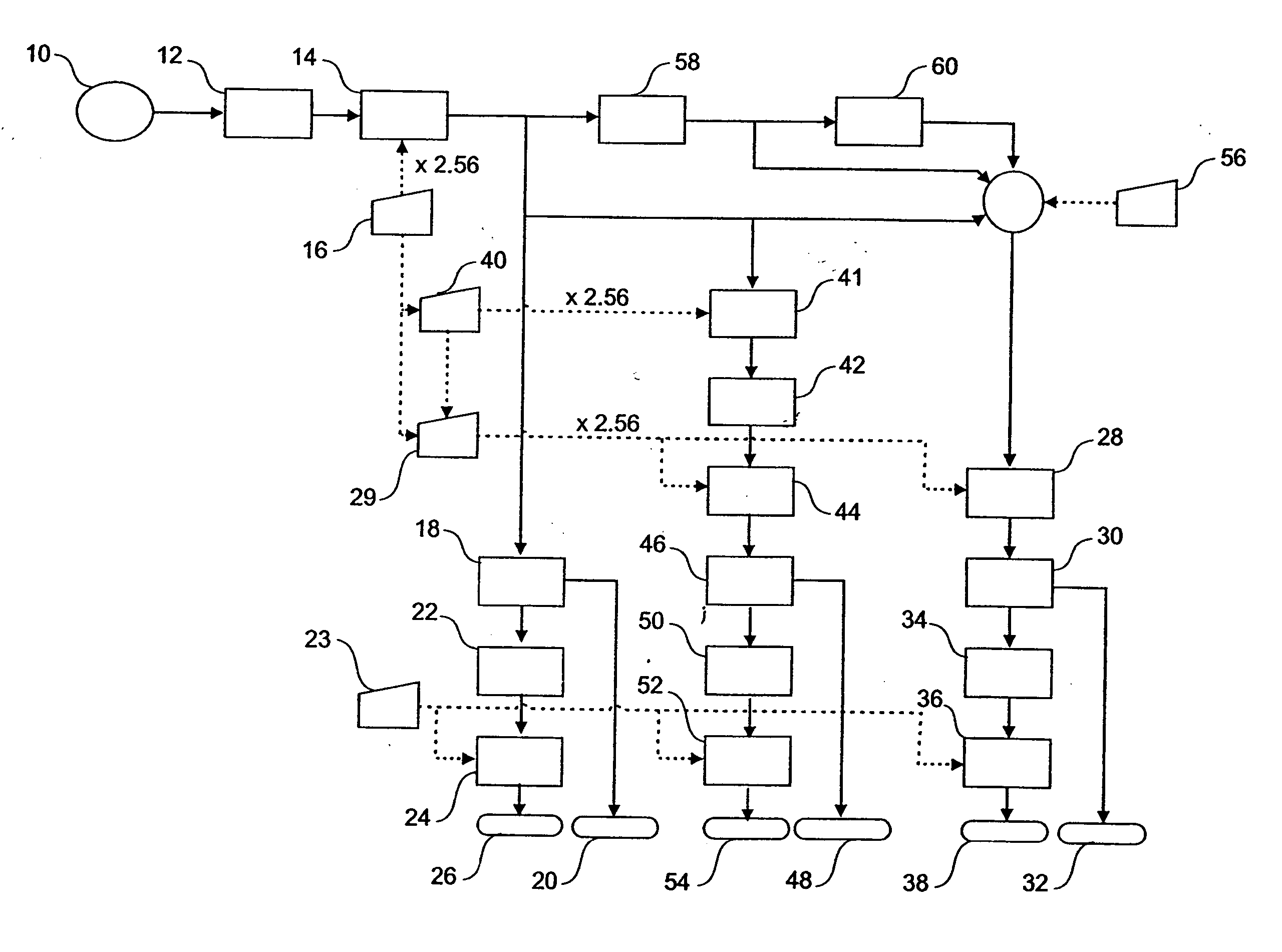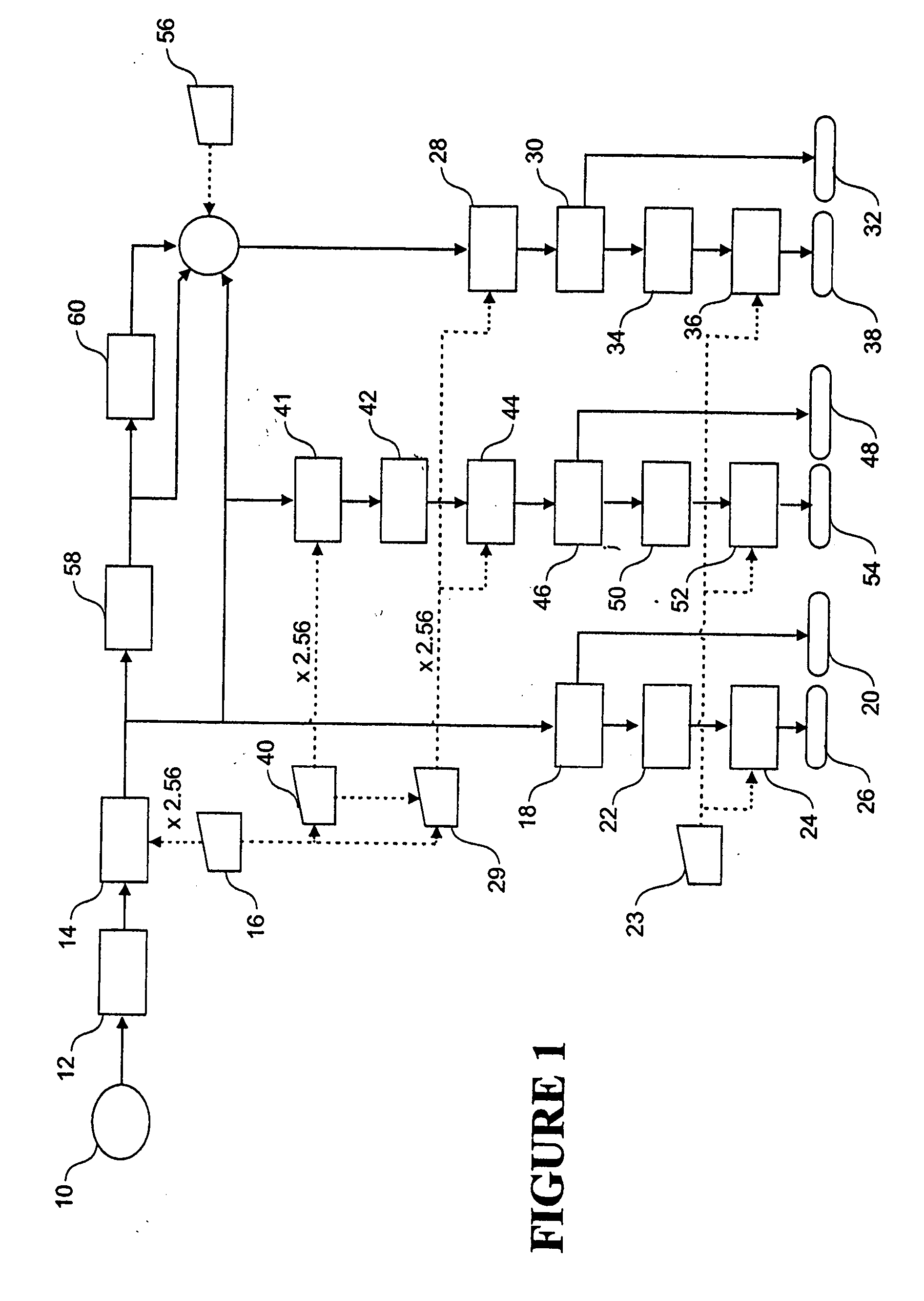Vibration analysis
a vibration analysis and vibration technology, applied in the field of vibration analysis, can solve the problems of costly machine downtime, costly servicing, and difficult detection of faults within machines before mechanical damage occurs
- Summary
- Abstract
- Description
- Claims
- Application Information
AI Technical Summary
Benefits of technology
Problems solved by technology
Method used
Image
Examples
Embodiment Construction
[0039] As used herein, the term ‘type’ in reference to signals refers to the composition of frequencies in the signal. This includes, without limitation, high frequency signals comprising substantially only frequencies less than an upper cut-off frequency, low frequency signals comprising substantially only frequencies less than a lower cut-off frequency and demodulation signals comprising frequencies that have been demodulated in the manner hereinafter described.
[0040] As used herein, the term ‘electrical vibration signal’ refers to a vibration signal expressed in electrical form. Such an electrical form is commonly obtained using a vibration sensor (such as an accelerometer) to convert the mechanical vibrations of an object into electrical signals that represent the mechanical vibrations. Electrical vibration signals may be saved in some form of electronic storage means, such as memory banks or disk storage devices. The saved electrical vibration signals may later be retrieved an...
PUM
| Property | Measurement | Unit |
|---|---|---|
| frequencies | aaaaa | aaaaa |
| frequency | aaaaa | aaaaa |
| cut-off frequency | aaaaa | aaaaa |
Abstract
Description
Claims
Application Information
 Login to View More
Login to View More - R&D
- Intellectual Property
- Life Sciences
- Materials
- Tech Scout
- Unparalleled Data Quality
- Higher Quality Content
- 60% Fewer Hallucinations
Browse by: Latest US Patents, China's latest patents, Technical Efficacy Thesaurus, Application Domain, Technology Topic, Popular Technical Reports.
© 2025 PatSnap. All rights reserved.Legal|Privacy policy|Modern Slavery Act Transparency Statement|Sitemap|About US| Contact US: help@patsnap.com



